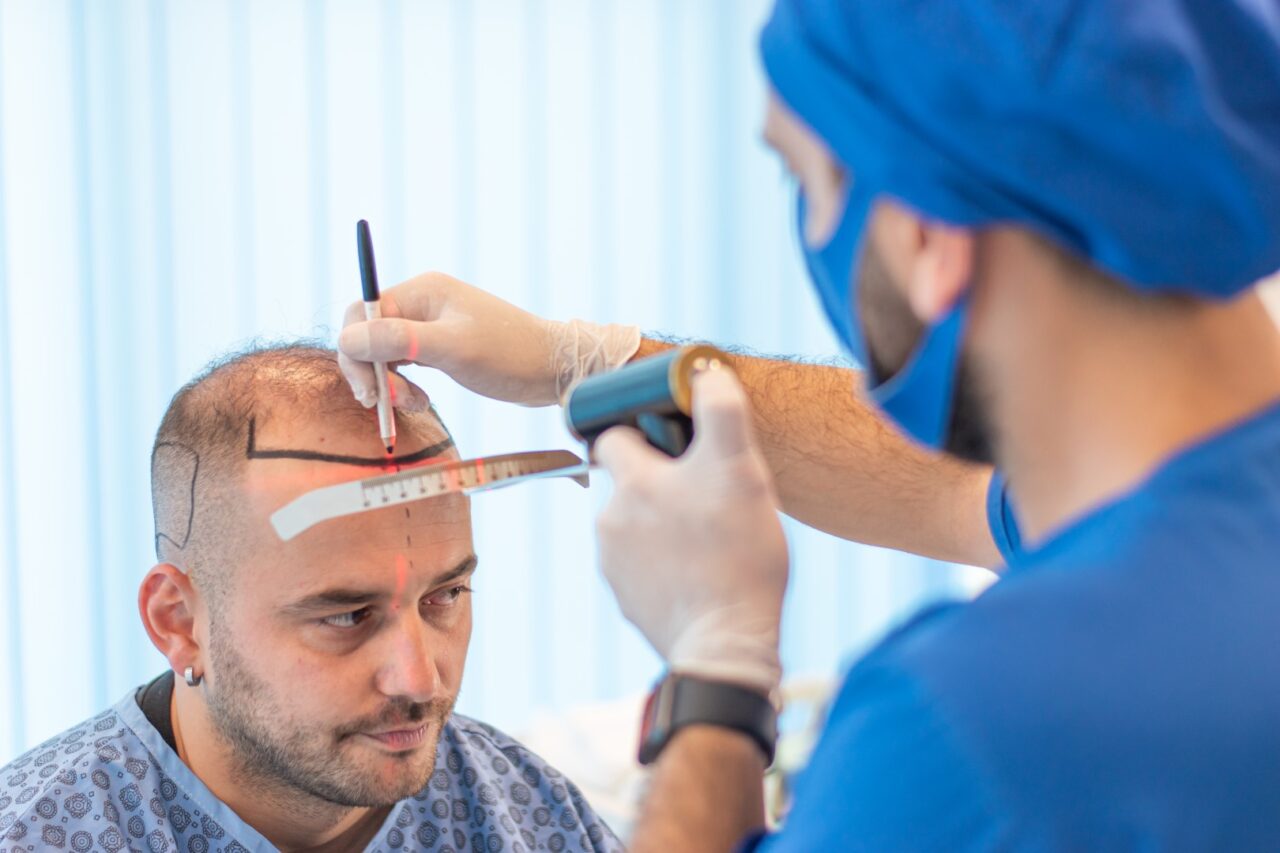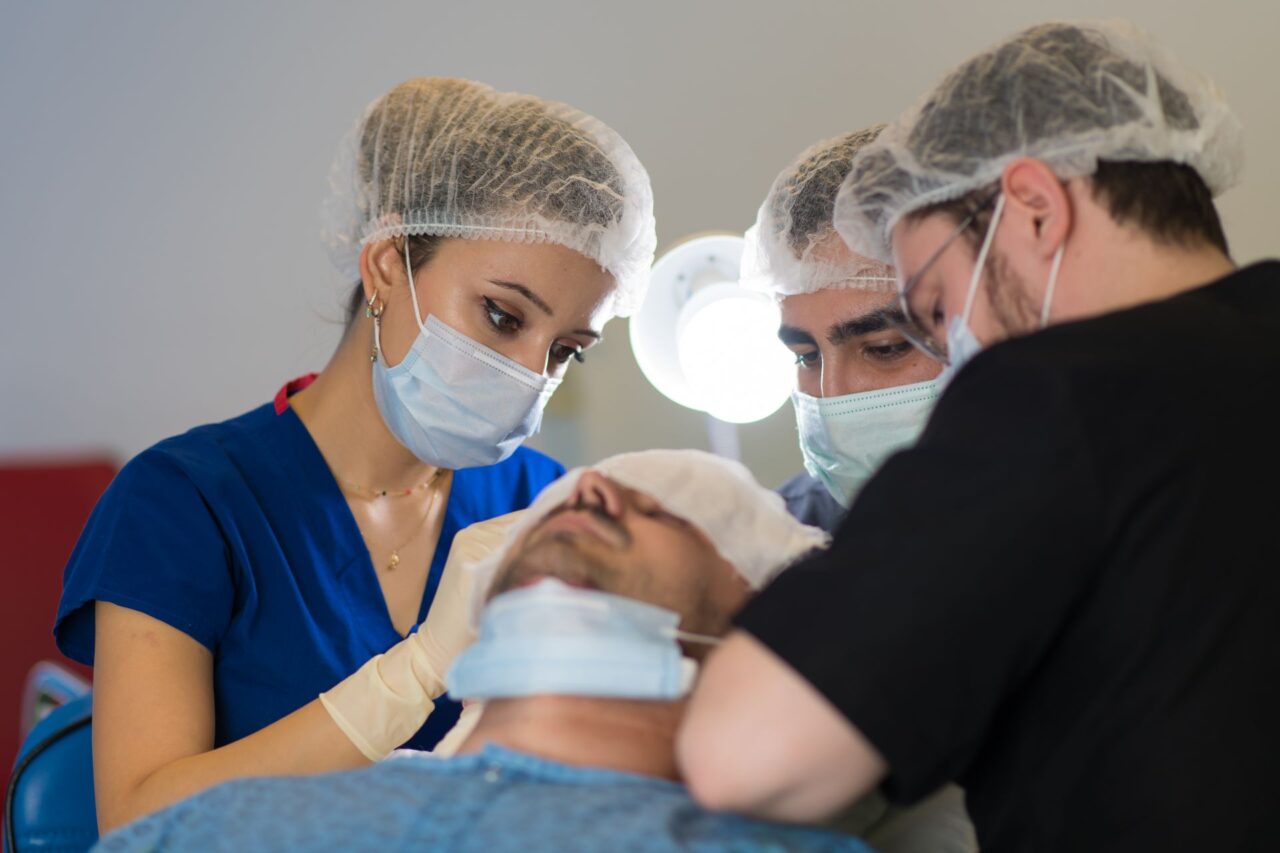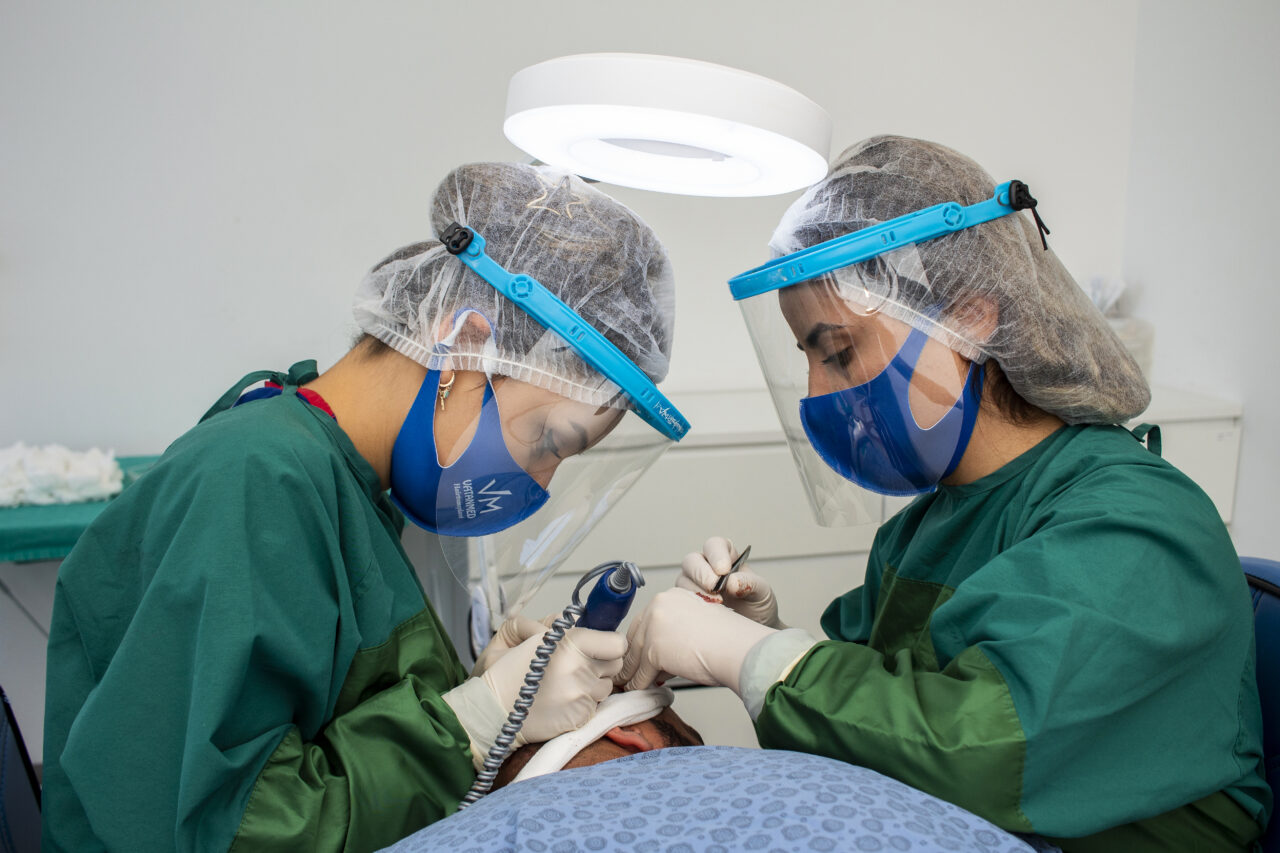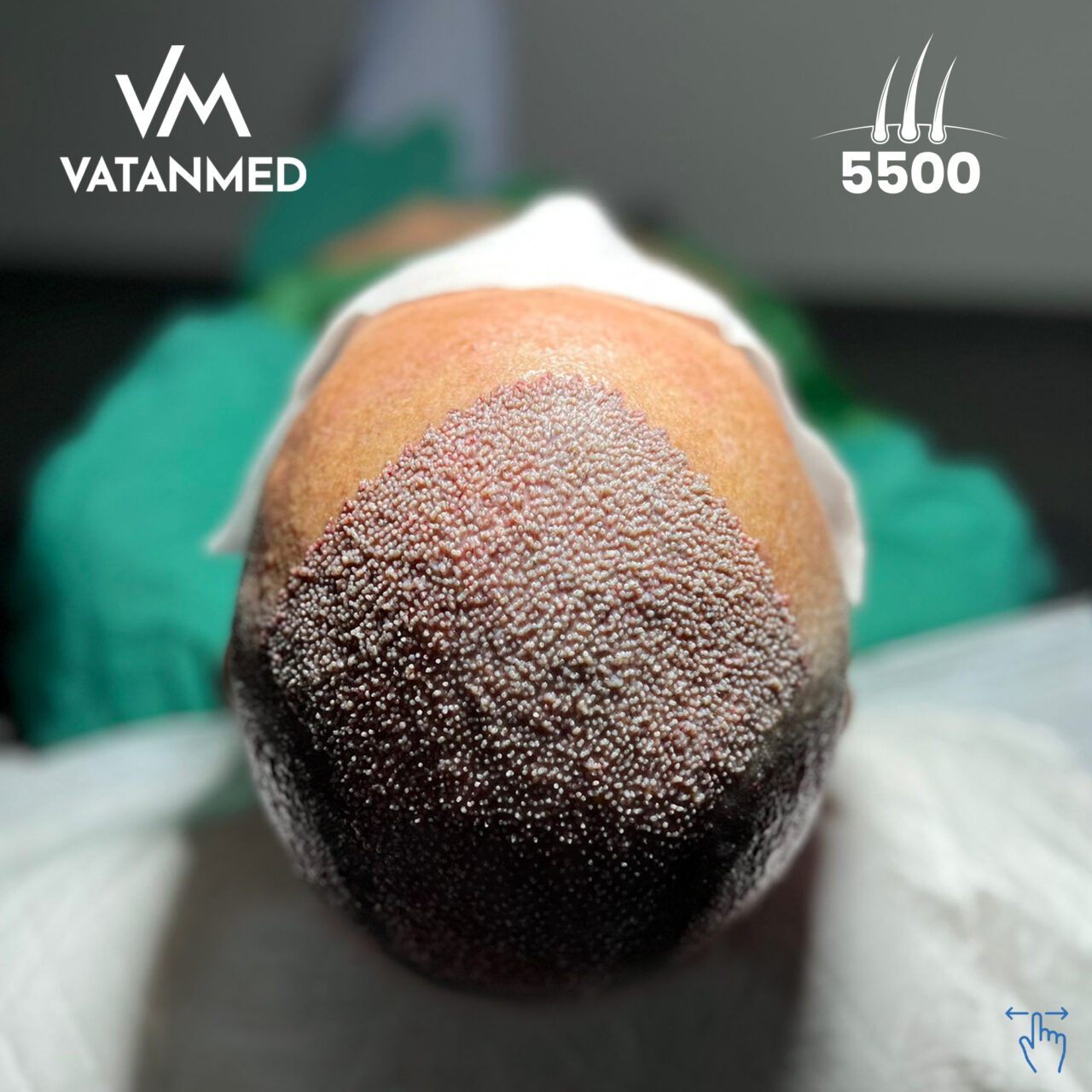The Science Behind Hair Transplants: Discover How This Innovative Procedure Can Restore Your Confidence
Hair transplants have become a popular solution for men and women looking to restore their full head of hair and regain their self-assurance. But have you ever wondered how this innovative procedure actually works? In this article, we will delve into the science behind hair transplants and uncover the fascinating process that can transform your hairline.
At its core, hair transplantation involves taking hair follicles from one area of your body, typically the back or sides of your head, and transplanting them to thinning or balding areas. This procedure is primarily performed under local anesthesia, ensuring minimal discomfort during the process. The transplanted hair follicles then establish new blood supply and begin to grow hair in the recipient site.
Understanding the science behind hair transplants can help you make an informed decision about whether this procedure is right for you. So, get ready to discover the groundbreaking techniques and intricate details that make hair transplants an effective solution for hair loss. Get ready to restore your confidence and embrace a fuller, more vibrant head of hair.
Understanding hair loss and its causes
Hair loss is a common concern for many people, with both genetic and environmental factors playing a role. The most common cause of hair loss is a condition called androgenetic alopecia, which is often referred to as male or female pattern baldness. This type of hair loss is primarily influenced by genetics and hormonal factors.
In men, androgenetic alopecia typically presents as a receding hairline and thinning hair on the crown of the head. In women, it often leads to overall thinning of the hair. Other causes of hair loss can include medical conditions, certain medications, stress, and nutritional deficiencies.

The science behind hair transplants
Hair transplantation works on the principle of “donor dominance,” which means that hair follicles taken from areas of the scalp that are resistant to balding will continue to grow hair even when transplanted to areas that are susceptible to hair loss. This is because these donor hair follicles retain their genetic resistance to the hormone dihydrotestosterone (DHT), which is responsible for causing hair loss.
The process of hair transplantation involves the extraction of hair follicles from the donor area using either the follicular unit transplantation (FUT) or the follicular unit extraction (FUE) technique. FUT involves removing a strip of scalp from the donor area, while FUE involves extracting individual follicular units one by one. The extracted follicles are then carefully transplanted into tiny incisions made in the recipient site.
Different types of hair transplant procedures
There are several different types of hair transplant procedures available, each with its own advantages and considerations. The two main techniques, as mentioned earlier, are FUT and FUE.
FUT, or strip harvesting, is an older technique that involves removing a strip of scalp from the donor area. This strip is then dissected into individual follicular units, which are transplanted into the recipient site. FUT can be a more efficient method for transplanting a large number of grafts in a single session, but it does leave a linear scar at the donor site.
FUE, on the other hand, is a more advanced technique that involves extracting individual follicular units directly from the donor area using a specialized instrument. This technique leaves tiny, dot-like scars that are easily concealed by surrounding hair. FUE is often preferred for its minimal scarring and faster recovery time.
Preparing for a hair transplant
Before undergoing a hair transplant, it is important to consult with a qualified hair transplant surgeon who can assess your suitability for the procedure. They will evaluate the extent of your hair loss, the quality of your donor hair, and discuss your expectations and goals.
In preparation for the procedure, your surgeon may advise you to avoid certain medications, such as blood thinners, that could interfere with the surgery. They may also recommend lifestyle changes, such as quitting smoking, to optimize the healing process.

The hair transplant process
On the day of the procedure, you will be given local anesthesia to ensure your comfort throughout the surgery. Once the anesthesia has taken effect, the surgeon will begin the extraction process using either the FUT or FUE technique.
For FUT, a strip of scalp will be removed from the donor area, which is then carefully dissected into individual follicular units. For FUE, the surgeon will use a specialized punching instrument to extract individual follicular units from the donor area.
Once the extraction is complete, the surgeon will make tiny incisions in the recipient site and carefully place the extracted follicular units into these incisions. The placement of the grafts requires precision and an understanding of the natural hairline and hair growth patterns.

Recovery and aftercare for hair transplants
After the hair transplant procedure, you will be provided with detailed instructions on how to care for your newly transplanted hair. It is important to follow these instructions to ensure optimal healing and hair growth.
In the first few days following the procedure, you may experience some swelling and discomfort in the recipient and donor areas. Your surgeon may prescribe pain medication and recommend measures to reduce swelling, such as applying cold packs.
Over the coming weeks and months, the transplanted hair follicles will shed their hair, but this is a normal part of the process. New hair growth will begin within a few months, and you can expect to see significant improvement in the appearance of your hairline within 6 to 12 months.
Results and expectations
The results of a hair transplant can vary depending on various factors, including the extent of hair loss, the quality of the donor hair, and the surgical technique used. It is important to have realistic expectations and understand that a hair transplant cannot create an entirely new head of hair.
A successful hair transplant can significantly improve the appearance of your hairline and give you a fuller, more natural-looking head of hair. However, it is important to note that the transplanted hair may require ongoing maintenance and care to ensure long-term results.

Risks and complications of hair transplants
Like any surgical procedure, hair transplants carry a certain degree of risk. Some potential risks and complications include infection, bleeding, scarring, and poor hair growth. However, these risks are relatively rare, especially when the procedure is performed by a skilled and experienced surgeon.
It is important to thoroughly research and choose a reputable hair transplant clinic and surgeon to minimize the risk of complications. A qualified surgeon will conduct a thorough evaluation, provide you with detailed information about the procedure, and address any concerns or questions you may have.

Conclusion: Restoring confidence through hair transplants
Hair transplants offer a revolutionary solution for individuals struggling with hair loss. By understanding the science behind hair transplants, you can make an informed decision about whether this procedure is right for you.
From the causes of hair loss to the different types of hair transplant procedures, we have explored the intricate details of this innovative procedure. By opting for a hair transplant, you can restore your confidence and embrace a fuller, more vibrant head of hair.
If you are considering a hair transplant, consult with a qualified hair transplant surgeon who can assess your suitability for the procedure and guide you through the process. With the right expertise and proper aftercare, you can achieve remarkable results and regain your self-assurance. Don’t let hair loss hold you back – take the first step towards a more confident you.




